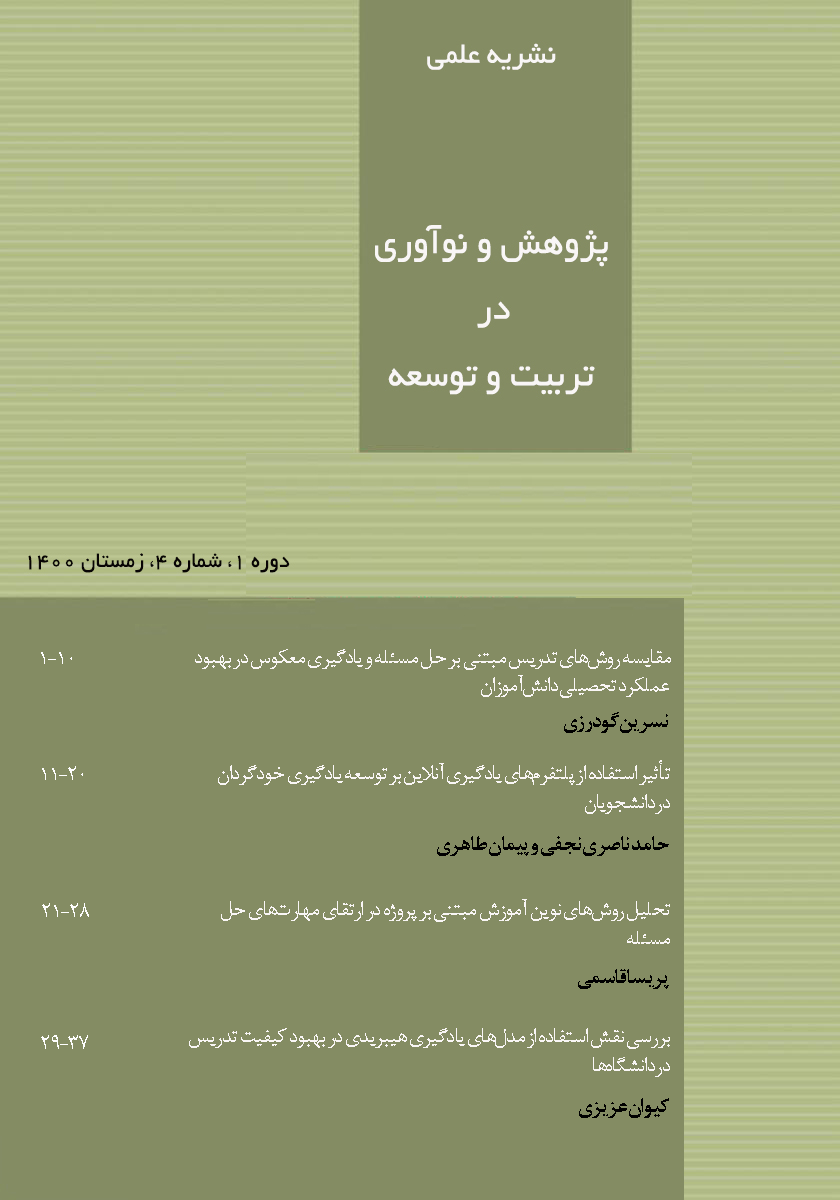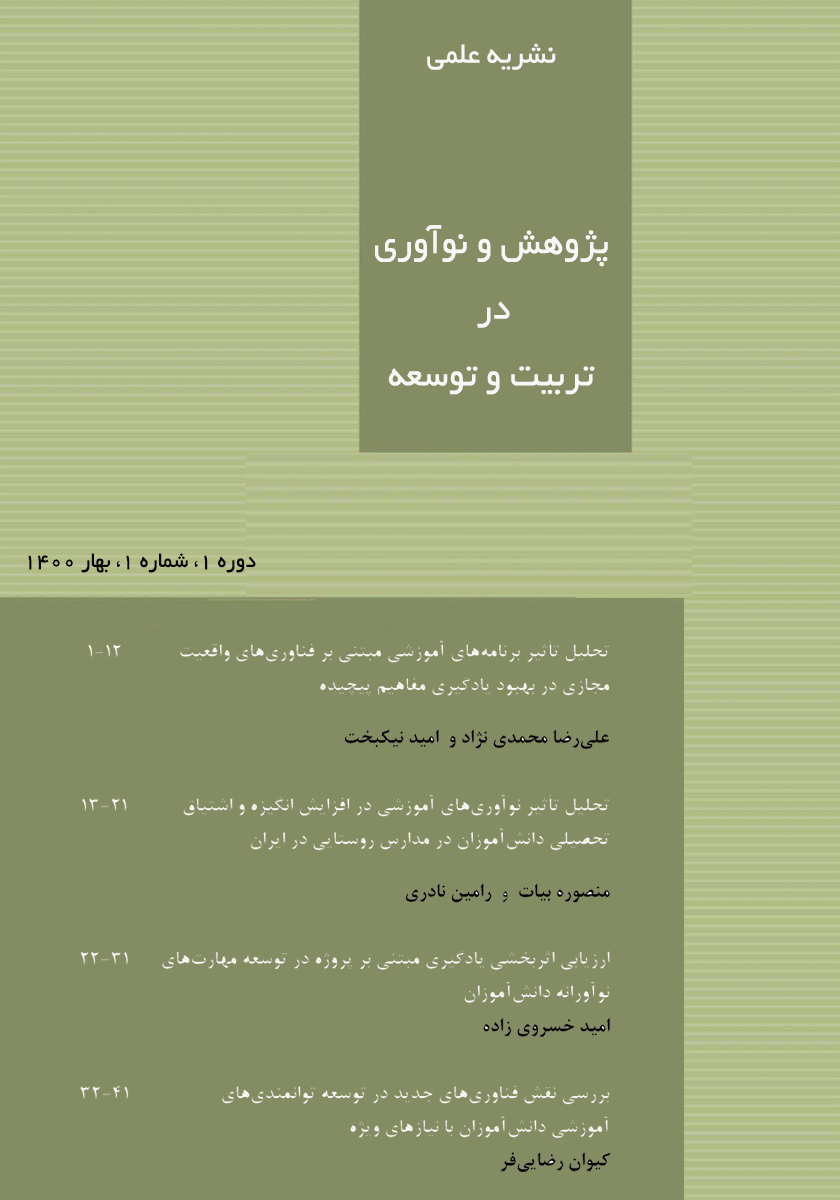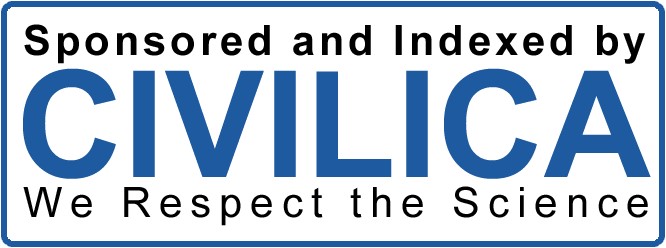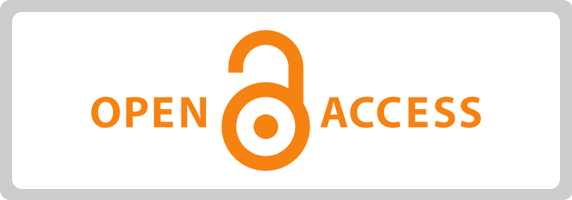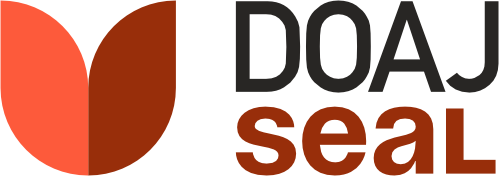The Impact of Online Learning Platforms on the Development of Self-Directed Learning in Students
Keywords:
Self-directed learning, Online learning platforms, University students, Educational technology, Moodle, CourseraAbstract
This study investigates the impact of online learning platforms on the development of self-directed learning (SDL) among university students. With the rapid advancements in educational technology, understanding how these platforms contribute to enhancing SDL is essential for educators and institutions. A narrative review approach was used, focusing on descriptive analysis of studies published before 2021. The findings reveal that platforms like Moodle and Coursera significantly improve SDL skills by offering flexible, accessible resources and tools for setting goals, selecting appropriate materials, and self-assessment. However, challenges such as the need for high levels of self-motivation and sufficient institutional support were also highlighted. These platforms enable students to manage their learning process independently, which is critical in fostering lifelong learning skills. Despite the benefits, the study underscores the necessity for well-designed platforms that provide interactive environments and continuous support to maximize their effectiveness. Future research should explore the impact of individual differences on SDL in online settings and the long-term effects of using these platforms on professional development.
Downloads
References
پاپلی ی زدی ، م،. فتحی، ز،. و ح یدری، ف. )1۳۹۹(. بررسی تأثی ر آموزش الکترونیک ی بر خودکارآمدی و عملکرد تحصیل ی
دانشجوی ان. فصلنامه علم ی- پژوهشی نوآوری های آموزش ی، 1۸) 2(، .120-1۳۵
رفیعی، م،. و همکاران. )1400(. تأثیر استفاده از پلتفرم های ی ادگی ری آنالی ن بر ی ادگیری خودگردان در دانشجو یان دانشگاه ی .
مجله مطالعات آموزش و ی ادگیر ی، 12)4(، .۳۳-۵0
نیکبخت، ر،. و همکاران. )1۳۹۷(. بررس ی تأث یر پلتفرمهای ی ادگیری آنالین بر یادگیری خودگردان دانشجویان. فصلنامه
نوآوری های آموزشی، 1۹)2(، .۹۵-10۸
Dougiamas, M., & Taylor, P. C. (2003). Moodle: Using learning communities to
create an open source course management system. Proceedings of the EDMEDIA 2003
Conference. Honolulu, Hawaii, USA .
Garrison, D. R. (1997). Self-directed learning: Toward a comprehensive model.
Adult Education Quarterly, 48(1), 18-33 .
Garrison, D. R., & Baynton, M. (1987). Beyond independence in distance education:
The concept of control. American Journal of Distance Education, 1(3), 3-15 .
Hassanpour, H., & et al. (2019). The impact of online learning platforms on selfefficacy and academic performance of students. Journal of Modern Educational Research,
(3), 78-92 .
Knowles, M. S. (1975). Self-directed learning: A guide for learners and teachers.
New York: Association Press .
Koller, D., & Ng, A. (2012). The online revolution: Education for everyone.
Education Digest, 78(1), 4-9 .
Lee, J. (2014). An exploratory study of effective online learning: Assessing
satisfaction levels of graduate students of mathematics education associated with human
and design factors of an online course. International Review of Research in Open and
Distributed Learning, 15(1), 111-132 .
Nadi, M. A., & Rahimi, M. (2018). Online learning platforms and the challenges of
self-directed learning: A case study. Educational Technology Research and Development,
(4), 987-1006. https://doi.org/10.1007/s11423-018-9585-0
Nikbakht, R., & et al. (2018). The effect of online learning platforms on students'
self-directed learning and motivation. Quarterly Journal of Educational Innovations, 17(2),
-128 .
Shea, P., & Bidjerano, T. (2010). Learning presence: Towards a theory of selfefficacy, self-regulation, and the development of a communities of inquiry in online and
blended learning environments. Computers & Education, 55(4), 1721-1731 .
Siemens, G. (2005). Connectivism: A learning theory for the digital age.
International Journal of Instructional Technology and Distance Learning, 2(1), 3-10.
Zhang, W., & Lin, C. (2020). Online learning platforms and the enhancement of selfdirected learning skills. Journal of Educational Computing Research, 58(5), 1145-1163.
Downloads
Published
Submitted
Revised
Accepted
Issue
Section
License

This work is licensed under a Creative Commons Attribution-NonCommercial 4.0 International License.
